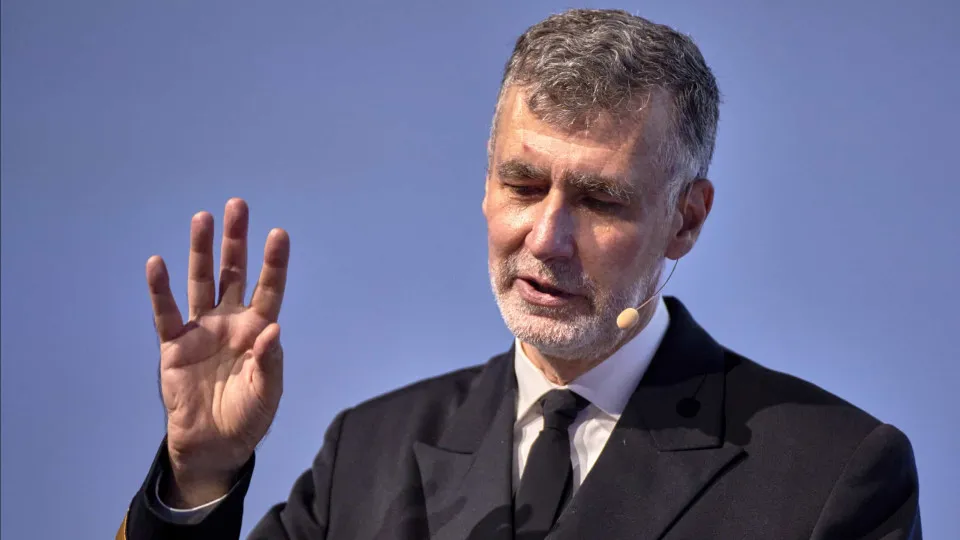
The European Commission has outlined plans for a reparations loan to address Ukraine’s financial needs for the coming years, said Economy Commissioner Valdis Dombrovskis. In a recent interview in Brussels, he explained that the loan aims to assist Ukraine in 2026 and 2027 by avoiding a substantial budgetary impact on EU member states.
Emphasizing Ukraine’s debt sustainability challenges, Dombrovskis noted that any new support must include strong grant elements. He also highlighted alternative options involving the EU budget or direct member state support, though these would be costlier.
In light of a corruption scandal in Ukraine, amidst its ongoing conflict with Russia and EU candidacy, Dombrovskis assured that Brussels remains vigilant but committed to providing assistance. The European Commission suggests generating funds for Ukraine via joint EU debt issuance, national loans, or a reparations loan reimbursed by Russia.
The reparations loan is considered the most efficient means to meet Ukraine’s financial demands for 2026 and 2027. Last week, the Portuguese government voiced general support for a loan using frozen Russian assets, pledging 2.5 billion euros in guarantees while considering shared debt.
Portuguese Finance Minister Joaquim Miranda Sarmento stressed the importance of continued support for Ukraine, warning against concessions to Russia. He endorsed using frozen Russian assets for loans to Ukraine, while acknowledging the complexity of the issue and Belgium’s requirement for clear commitments from other European nations.
The frozen Russian assets, encompassing matured treasury and corporate bonds now held in deposits, are valued at approximately 170 billion. Belgium, which holds the majority of these assets, awaits clear legal assurances from member states.
Concerns arise over the proposal’s legal and financial implications, potentially resembling expropriation without confiscation provisions and posing risks to euro stability.




